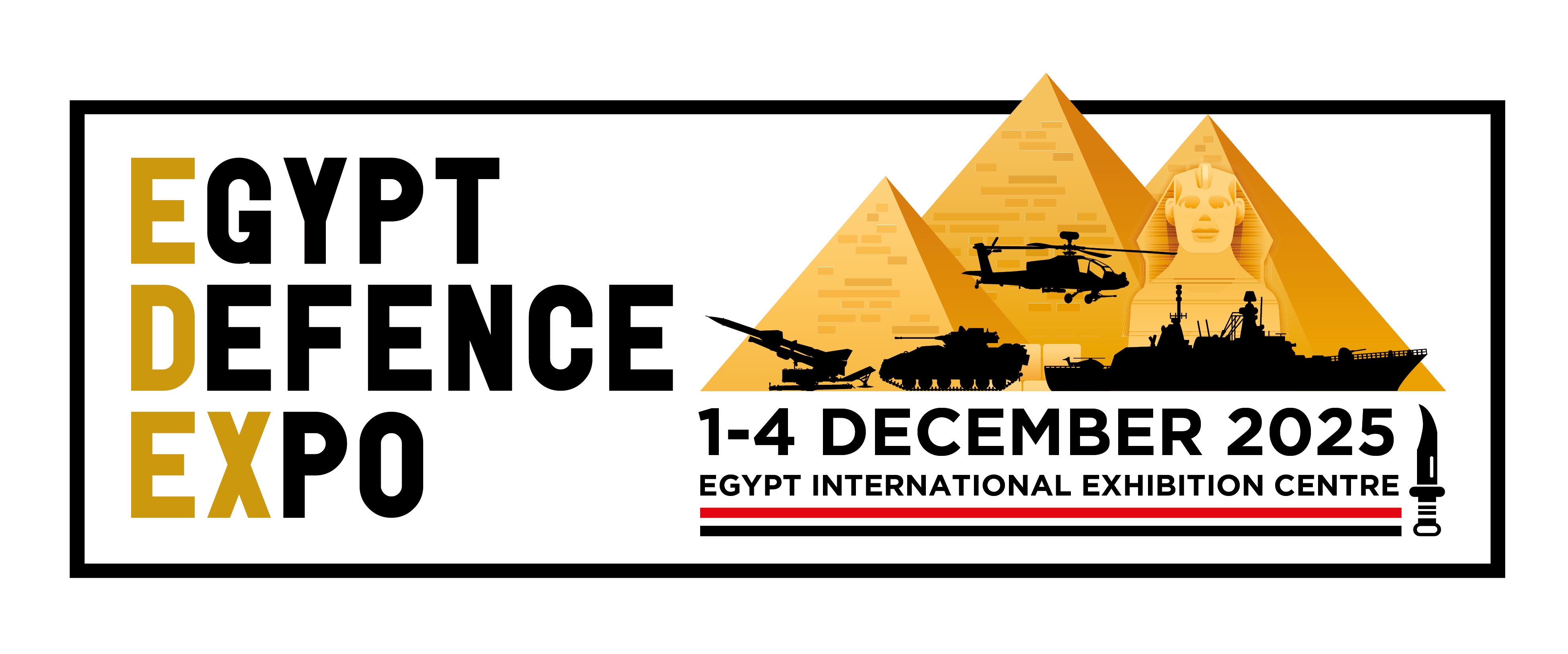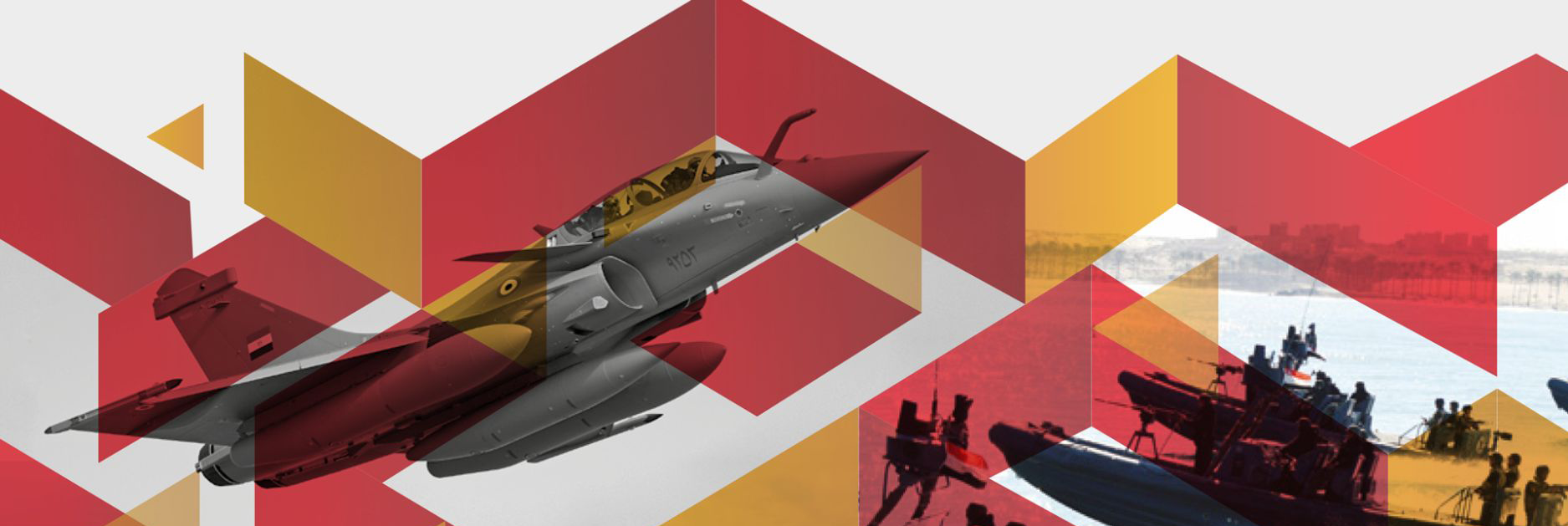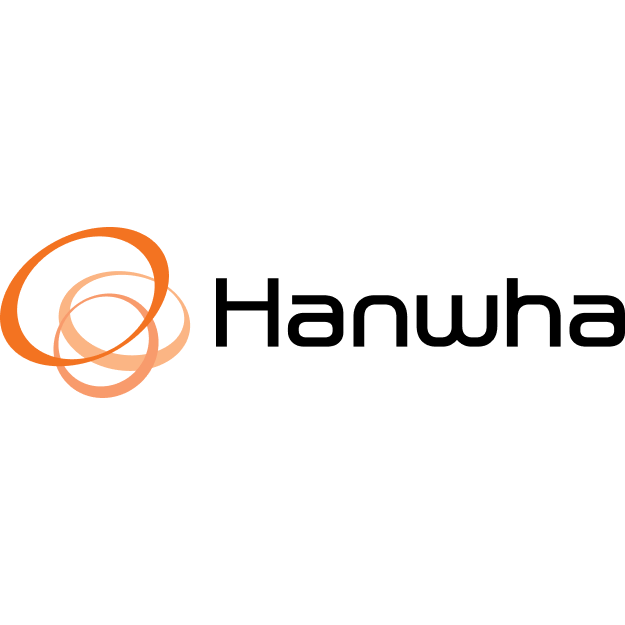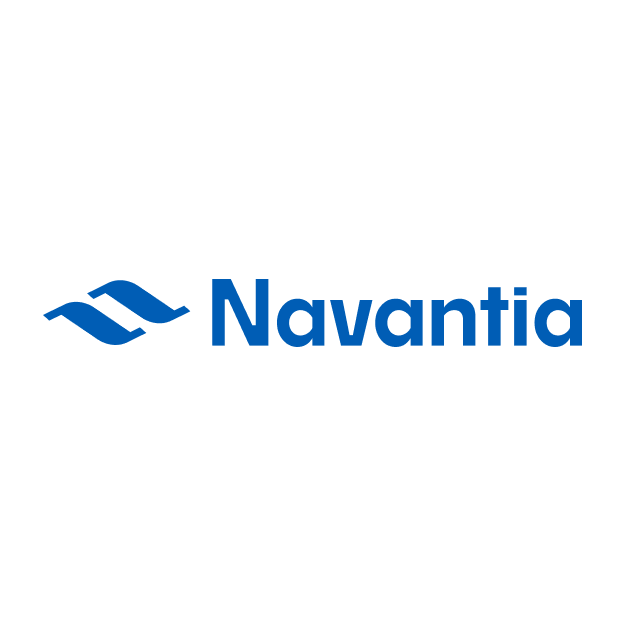Top 15 Countries with the Best Naval Vessel
)
Naval power has long been a major factor in projecting a country’s military might and influence around the world. While airpower and land forces are crucial, a powerful navy enables extended reach and control over strategic waterways. Here we look at the 15 nations currently boasting the most capable and technologically advanced naval fleets.
The Top 15 Countries with the Best Naval Vessel Are:
1. United States
The United States Navy remains the undisputed leader when it comes to overall naval power. With a fleet of over 490 ships, including 11 supercarriers and 72 submarines, it has by far the largest and most diverse fleet in the world. Key strengths include the Navy’s powerful carrier strike groups, nuclear-powered attack submarines, advanced destroyers like the Arleigh Burke class, and sophisticated network-centric warfare capabilities. America’s huge defense budget enables continued development of cutting-edge ships, aircraft, and weapons systems.Best Yoga for Waist Pain
2. ChinaChina has been rapidly modernizing and expanding its naval forces, with 350 ships and submarines currently in service. The People’s Liberation Army Navy now boasts two aircraft carriers, over 30 destroyers, and nearly 60 submarines – including advanced Yuan-class diesel-electric boats armed with wake-homing torpedoes. A major focus has been developing a powerful “blue water” fleet able to project power far beyond coastal regions. China’s naval capabilities still lag behind the US in some key areas like carriers, but it has quickly emerged as Asia’s dominant naval power.
3. Russia
Despite economic challenges, Russia maintains the world’s third most powerful navy with around 300 vessels. The Russian Navy has a single aircraft carrier, Admiral Kuznetsov, which it uses in the Mediterranean. Russia’s surface fleet includes destroyers and frigates armed with advanced air defense and anti-ship missiles. Where Russia stands out is its submarine force – it has 60 nuclear-powered attack and cruise missile subs, which are quieter and harder to detect than older Soviet designs. Russia is also testing hypersonic anti-ship missiles capable of evading modern defenses.
4. Japan
The Japan Maritime Self-Defense Force has built up into Asia’s 2nd most powerful navy, with 145 major surface warships and 24 submarines. For a nation with a purely defensive military doctrine, Japan boasts advanced capabilities like the Kongo-class guided missile destroyers, Soryu-class diesel-electric submarines, and Izumo-class helicopter carriers. Japan also has an elite submarine force known for its strong anti-submarine warfare capabilities. With growing Chinese naval activity across the East China Sea and Sea of Japan, expect Japan to continue expanding its naval power.
5. United KingdomEven though the UK no longer rules the waves militarily, the Royal Navy remains a highly capable maritime force with over 80 vessels. It operates two Queen Elizabeth-class aircraft carriers, Type 45 guided missile destroyers, Astute-class nuclear-powered attack submarines, and eight nuclear-powered ballistic missile submarines (SSBN) – maintaining a sea-based nuclear deterrent. The Royal Navy showcases sophisticated naval technology including the Type 997 Artisan 3D radar and Sea Ceptor air defense system. Britain’s naval strength enables it to maintain a presence far beyond Europe.
6. India
The Indian Navy is the largest navy in the Asia-Pacific region with around 140 vessels in active service. India’s naval capabilities have strengthened in recent years – featuring an aircraft carrier, missile destroyers, corvettes, attack submarines including the first locally designed Arihant-class SSBN, and multiple surface warfare, land-attack, and anti-ship missile systems. India is still working to modernize its surface and underwater fleets to keep pace with China’s rapid naval expansion. Submarine operations are an area of strength – India has access to the Indian Ocean’s deep waters, ideal for hiding submarines.
7. France
France maintains a modern and balanced naval force focused on power projection. Its fleet includes an aircraft carrier, amphibious assault ships, air defense destroyers like the Horizon-class, FREMM multipurpose frigates, attack submarines, and advanced Rafale M carrier-based fighters. France has capabilities to sustain long-range naval deployments worldwide, as shown by its constant Carrier Strike Group deployments in the Indian Ocean and Persian Gulf. Nuclear-powered vessels like the Charles de Gaulle aircraft carrier and Barracuda-class subs give France enduring, high-endurance naval power.
8. South KoreaThe Republic of Korea Navy (ROKN) has emerged as a prominent Asian naval power with one of the most advanced surface fleets in the region today. It operates KDX-III Aegis guided missile destroyers armed with the latest SM-2 Block IV air defense missiles, and FFX Incheon-class frigates with the American-made Mk-41 vertical launch system. The ROKN’s submarine force includes nine Chang Bogo-class diesel-electric boats with long cruising range. With the growing North Korean submarine threat, the ROKN has focused on enhancing its anti-submarine warfare capabilities to protect the peninsula.
9. Italy
Italy has transformed its navy into a modern force, capable of power projection around the Mediterranean. Its largest vessels include two new aircraft carriers, 10 Fremm-class frigates – designed for anti-submarine and air defense roles, four updated Horizon-class air-defense destroyers, and seven U212A advanced diesel-electric submarines optimized for Mediterranean operations. Rounding out Italy’s balanced naval fleet are two amphibious assault ships, capable of transporting multiple battalions of marines and over 20 landing craft.
10. Germany
The German Navy maintains a small but technologically advanced surface and submarine fleet, including special forces capable of undertaking maritime missions. There are three Brandenburg-class and two advanced Dolphin 2-class diesel-electric subs optimized for anti-ship and land attack roles. Surface capabilities center around four Sachsen-class air-defense frigates and two Baden-Württemberg-class general-purpose frigates, equipped with SM-2 and Evolved Sea Sparrow defensive missiles. Germany is also expanding its naval role, sending warships across the globe on maritime security deployments.
11. Taiwan
The Republic of China Navy (ROCN) has remained focused on maintaining a strong fleet to counter threats from mainland China. Taiwan’s surface fleet includes four modern Kee Lung-class destroyers armed with SAMs and Harpoon anti-ship missiles, indigenously designed Tuo Chiang-class corvettes, and six French-built La Fayette frigates. Submarine operations are a high priority – Taiwan has two Zwaardvis-class and two Hai Lung-class diesel-electric subs designed for anti-ship and anti-submarine warfare. Given its unique geopolitical challenges, Taiwan has invested heavily in weaponizing its naval platforms.
12. Iran
The key strength of the Islamic Republic of Iran Navy (IRIN) comes from its asymmetric doctrine using swarming small boats, midget and coastal submarines, sea mines, and land-based anti-ship missiles to overcome the U.S. navy’s conventional superiority. Iran has tested various anti-ship missiles like the Nasr-1 and Noor, which are dangerous even for sophisticated warship defenses. The IRIN’s surface fleet includes multiple corvettes, frigates, and destroyers armed with these missiles. Meanwhile its nearly 40 Ghadir-class mini subs can conduct coastal raids and mine laying missions.
13. AustraliaThe Royal Australian Navy operates as the maritime arm of the Australian Defense Force, with about 50 commissioned warships and submarines. Its largest vessels include two Canberra-class landing helicopter docks (LHD), three Hobart-class air warfare destroyers equipped with the advanced Aegis combat system, and two Adelaide-class guided missile frigates. The submarine force consists of six Collins-class diesel-electric subs, which are being upgraded ahead of the introduction of 12 new Attack-class subs armed with cruise missiles.
14. Egypt
Following years of major naval expansion, Egypt now wields the largest fleet in the Middle East. The Egyptian navy operates two powerful French-built Mistral class amphibious carriers for rapid troop and vehicle transport. It has also acquired four new German-made MEKO A-200 frigates equipped with launchers for 16 VL MICA surface-to-air missiles. The submarine force includes four Type 209 attack subs and plans to acquire an additional two Russian Improved Kilo-class subs by 2023. With the Suez Canal and Red Sea to defend, naval power is a national priority for Egypt.
15. Spain
Though overshadowed by leading European navies, the Spanish Navy operates a balanced force tailored for high-end capabilities. It has built its first amphibious assault ship, the Juan Carlos I, which can transport up to 900 marines. The surface fleet includes six Aegis-equipped Alvaro de Bazan-class frigates that support the flagship of the navy, the Juan Carlos I aircraft carrier. Spain’s five modern Agosta 90B diesel-electric attack submarines are considered among the quietest non-nuclear subs worldwide and are armed with advanced torpedoes.Top 15 Countries with the Best Naval Vessel
In conclusion, while the U.S. Navy retains global naval supremacy for now, other challengers like China are quickly catching up in terms of size, capabilities, and technology. From aircraft carriers and amphibious vessels to ballistic missile submarines and advanced destroyers, the levels of lethality and sophistication found across the top navies today are unprecedented. Naval power will remain a key measure of a nation’s military influence and global reach for the foreseeable future.




















